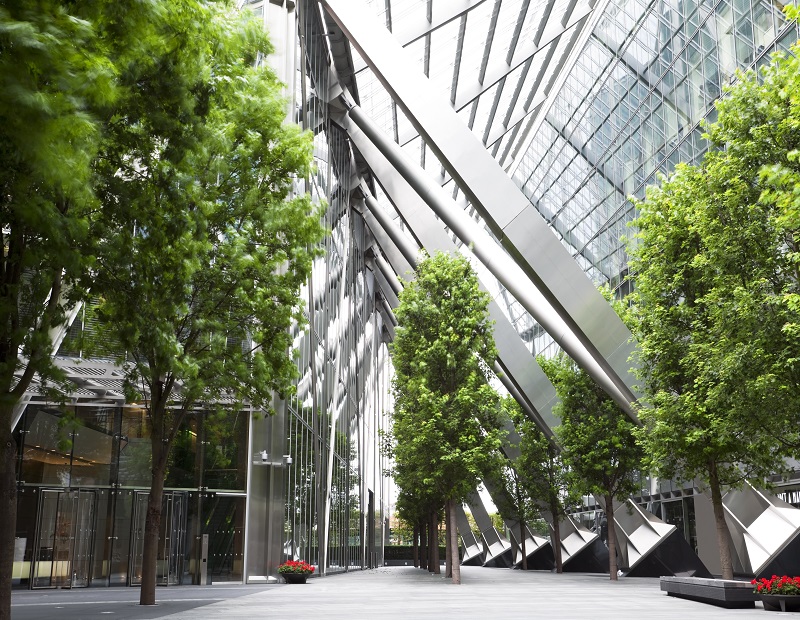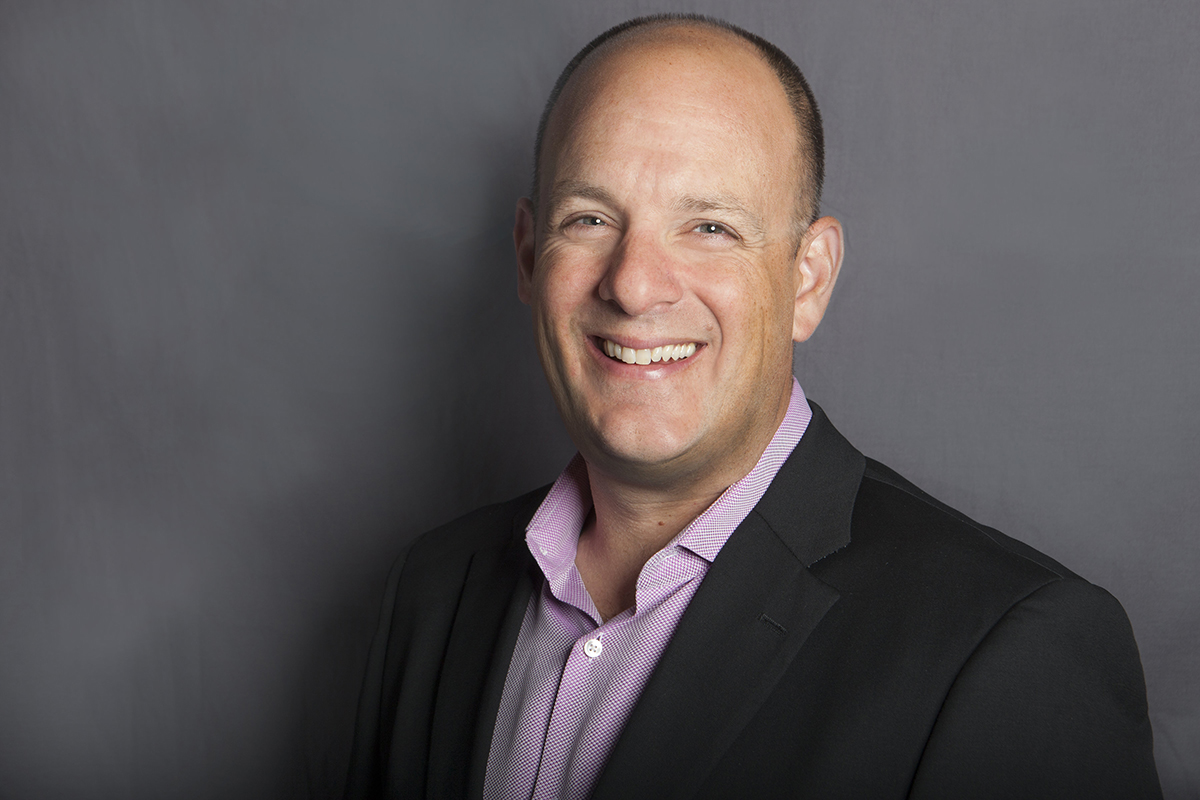CPE Asks … About Green Office Amenities
Incorporating sustainable energy strategies, and how tenants are responding.
By Roxana Baiceanu
What green,  nature-inspired amenities have you added to your recent office developments, and what are the results?
nature-inspired amenities have you added to your recent office developments, and what are the results?
Harout Hagopian, senior vice president & general manager, Sunset Development Co.
❝Whether it’s convenient bike-sharing opportunities or irrigating with reclaimed water, sustainability practices have always been a top planning and design priority at Bishop Ranch. In fact, all 50 of our buildings have earned LEED recognition, the largest concentration of LEED certified buildings outside an urban area.
Over the years, we’ve implemented various programs and amenities designed to reduce environmental impacts. Together, they’ve helped us fulfill our commitment to create indoor and outdoor workspaces that promote the health and well-being of our tenants and their employees, while respecting and protecting the environment and preserving natural resources.
A few examples of our ongoing efforts include:
Water efficiency. A hallmark of Bishop Ranch’s sustainability commitment is the smart and efficient use of water. A key part of our efforts includes reducing landscaping water usage by using advanced irrigation systems, drought-tolerant plants and reclaimed water. Our site irrigation system is one of the largest completely automated drip systems in the country.
Alternative transportation options. BRiteBikes is a bike share program that offers tenants and community members a convenient, free, fun and healthy way to get around Bishop Ranch and the surrounding area, while reducing traffic and pollution.
Landscaping. We strategically plan the selection and location of plants and trees, with the goal of creating quiet sitting areas with plush seating and lakeside views. Our customers appreciate the comfortable outdoor spaces because they’re attractive and inviting, and because they serve as a refuge during the workday, which in turn boosts productivity.❞
Greta Perry, vice president, MGAC
❝As project manager and owner’s rep for the American Geophysical Union, I’m currently leading a team to oversee the net-zero renovation of AGU’s Washington, D.C. headquarters. Upon completion, AGU’s 120 full-time staffers will benefit from the building’s many green and energy-saving features.
Highlights include a municipal sewer heat exchange system which turns city wastewater below the building into a cooling source, a radiant panel cooling system which circulates chilled water throughout ceiling panels, a solar array with 719 panels that will generate power from the rooftop, and a green wall which – beyond being decorative – works with the building’s HVAC to reduce energy loads and improve indoor air quality.
The process to obtain Net Zero certification is ambitious and ultimately requires that the total amount of energy used yearly by a building is equal to or less than the amount of energy created on-site. AGU adopted the most rigorous of classifications, ‘net zero site energy,’ by the International Living Future Institute. AGU’s headquarters will be the first renovated commercial office building in D.C. to obtain the classification. We look forward to providing an example of what’s possible for reducing energy consumption in existing buildings not just in D.C, but across the globe.❞
Adam Miller, president, Summit Design + Build
❝You really can’t build today without having green space and living infrastructure and not simply because of building standards and codes. Tenants seek out these nature inspired, indoor-outdoor amenities whether at work, play or home.
At the 47-unit LINKT Apartments in Chicago, we installed a green roof adjacent to the resident deck which gives tenants an outdoor experience they otherwise wouldn’t have in an urban environment.
These spaces are gracing the roofs of many office buildings as well, including our own office in Fulton Market. The roof deck of the new building will feature a fifth floor private terrace and a 2,500 square foot green roof which has been a driver of early leasing interest.
There are even companies that will build and maintain farmable green roofs, acting as the roof’s “tenant”. Building owners and tenants a like want to bring the outdoors in and incorporate thriving ecosystems into the city and their everyday lives.❞
JulieAnn Soeder, project designer, Vocon
❝Biophilic design elements introduce nature into the built environment and have become a highly desirable aspect of today’s office experience. Granting access to spaces and finishes that evoke the feeling of being immersed in nature during the workday not only taps into our innate need to connect with the natural environment but can reduce stress and enhance productivity.
Living walls are being integrated into the design of the workplace and the results are spaces that offer an escape from the confines of a worker’s desk and a visual retreat. Wellness, meditation and yoga rooms are a common amenity being designed to include living plants, biophilic materials and color schemes inspired by the natural environment. For the lucky tenants with roof access or freedom to use an outdoor space, the opportunity is priceless. These employees gain an authentic connection to the outdoors – natural light, fresh air, and sometimes even landscaped gardens.
While there are price implications associated with the installation and maintenance of these features, even small inclusions can be very impactful and highlight a company’s programmatic and cultural efforts.❞
You’ll find more on this topic in the October 2018 issue of CPE.











You must be logged in to post a comment.